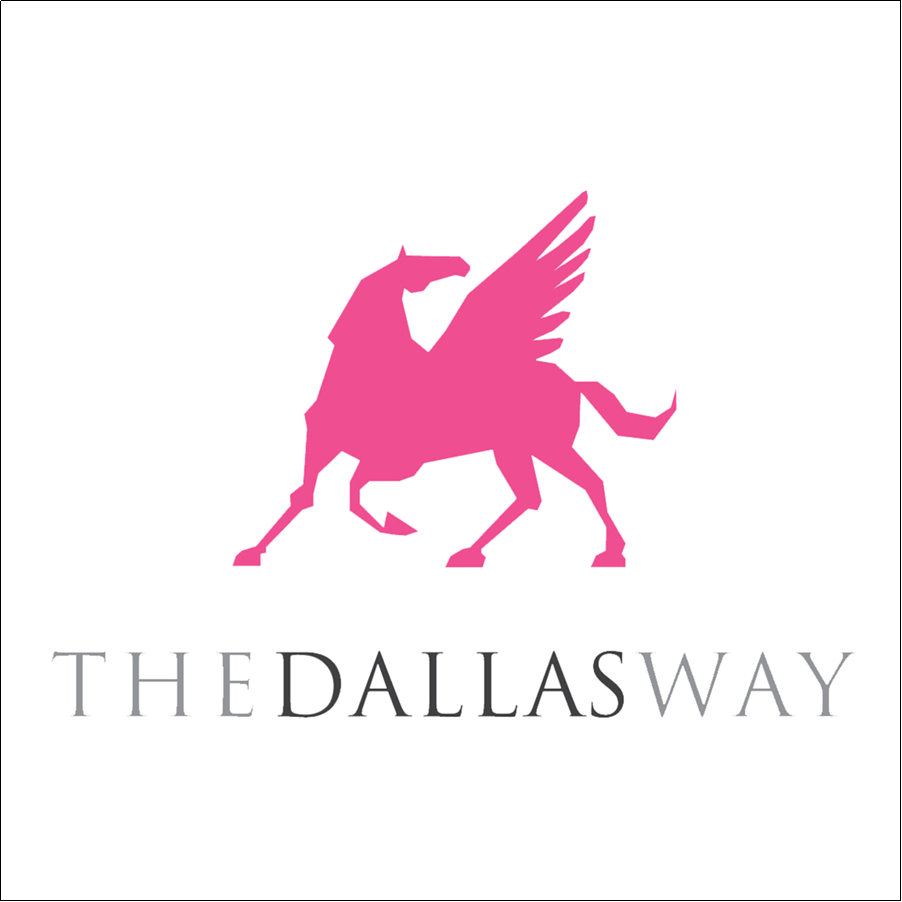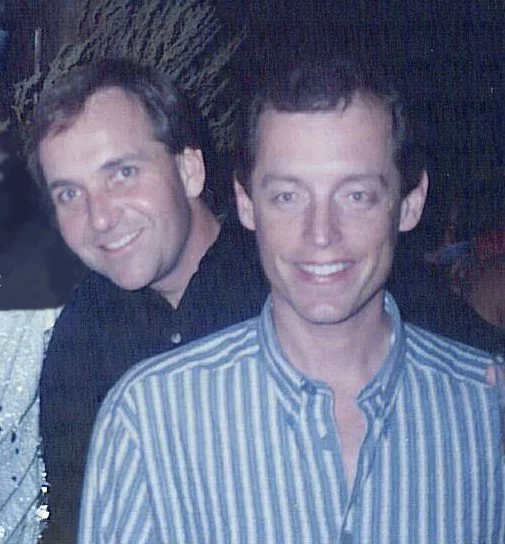by William Waybourn
With the death of Dick Weaver in November 2022, Mike Anglin and I are now the last remaining original founders of the Dallas Black Tie Dinner, created in 1982.
With enormous pride, we celebrate the overwhelming success of an event that has served, united, and benefitted the Dallas LGBTQ for these past 42 years.
John Thomas
The weekly “dinner” planning sessions of that early era of the dinner were conducted in John Thomas’s living room near North Central Expressway. Our meetings were held every Saturday morning, regardless of weather or other circumstances. You didn’t miss the meetings – after a few minutes of sharing lives, we got down to business. At the end of our planning sessions, John would hand out specific assignments to each committee member as we worked toward our common goal of creating a large, memorable event for the community. Expenses were kept to a minimum – the largest being the meal itself, so co-founder Ray Kuchling carefully negotiated the menus with the hosting hotels. Volunteers gave their time and expertise; each board member was required to buy tickets, and/or sell them through table captains.
Ray Kuchling (left) and Mike Anglin
John was a natural leader. He laid the groundwork for the dinner’s structure and kept the small original group on task. Dick Weaver was essential to the plan on account of his broad connections throughout the LGBT community of Dallas. He was always at the heart of the endeavor. Mike Anglin and Ray Kuchling were our master event planners. Ray was a business development planner for the City of Dallas and was highly connected with Dallas institutions downtown … the site of our first Black Tie Dinner (at the Fairmont Hotel). Mike was also our lawyer, incorporating the event as a Texas nonprofit corporation, establishing its bylaws, and obtaining our valuable tax-exempt status from the IRS. My primary task, as a marketing and public relations professional, was to get the word out so we’d have some chance of selling more than five tickets. This was an entirely new concept for our community, and it would take careful planning to get people comfortable with the idea of a large, formal affair in a public space like the Fairmont Hotel.
It was decided that the dinner event would be “owned and controlled” locally in Dallas (rather than owned by the Human Rights Campaign Fund in Washington, DC, the organization that had originally promoted the idea of the dinner). Hopefully, it would generate a net profit from ticket sales, and that profit in 1982 was, in fact, donated to HRC The second dinner also generated a profit, but that year the profits were split between HRC and the Federation of AIDS-Related Organizations. In 1984, the Dallas-based Foundation for Human Understanding (now known as Resource Center) also received a share of the profits. In 1985, it was decided that a third of the ticket sales would go toward the costs of the event, one-third to HRC, and the final third would be split with FHU, and the Metropolitan Community Church, Oak Lawn Counseling Services, the Texas Human Rights Foundation and the Turtle Creek Chorale. Thereafter, the list of local, tax-exempt beneficiaries slowly grew. These beneficiary organizations also turned to their own donors and supporters for participation, greatly increasing our ticket sales.
Dick Weaver
Never did we anticipate what the dinner would eventually become. Even during the worst of times (AIDS), it never failed to give our community an evening to dress up, step out, and be reminded how much we had in common.
The first dinner had as many attendees from the nascent Turtle Creek Chorale performance as it had seated at tables. Ironically, the guest speakers were almost an afterthought, as table-hopping and visiting with friends (and later bidding in the silent auctions) were paramount. You didn’t leave to go to the restroom but to check on the latest bids.
When we traveled across the US, we began to notice how the reputation of the Dallas Black Tie Dinner was steadily growing, and how other cities were trying to model their own fundraising dinners on the Dallas model to draw first hundreds, then thousands, to a single night of celebration and remembrance.
Since the dinners in the 1980s and 90s took place amidst the AIDS crisis, we all knew individuals who didn’t survive from one dinner to the next, and it was with great sadness that we recognized their passing.
There was also much humor – one Saturday morning we arrived to find John’s apartment filled with smoke. Volunteer Mike Hearn had put a brie cheese in the oven to bake while John was in the shower, unaware that it was burning.
So Mike and I are the last two surviving co-founders, and I think he and I have a unique perspective of the dinner’s many years of success. And great pride. There is still no equal to the Dallas dinner today.
William Waybourn (left) and Mike Anglin in 1985
Its ultimate success rests not on the founding board, except for its initiative to invent something new for the community and “pull it off” successfully. No, the success today relies on the legions of volunteers (and yes, committed board members) who tirelessly serve without pay or benefit of recognition.
If there is one underlying commonality among the many people involved in the dinners over the years, it is their amazing ability to work together with colleagues, all cooperating in a great undertaking to improve things for the many branches of the LGBT community.





